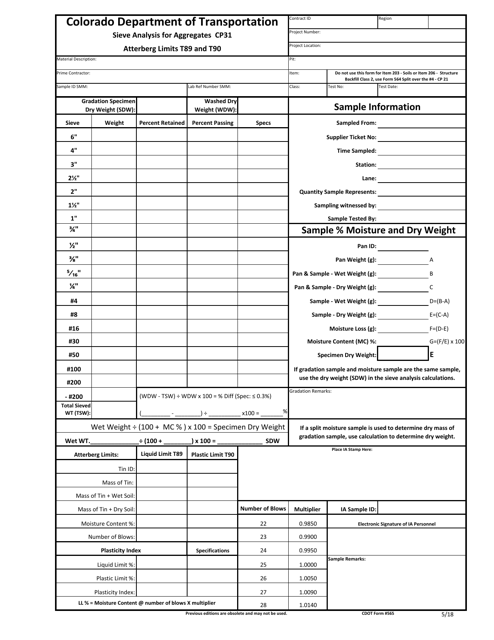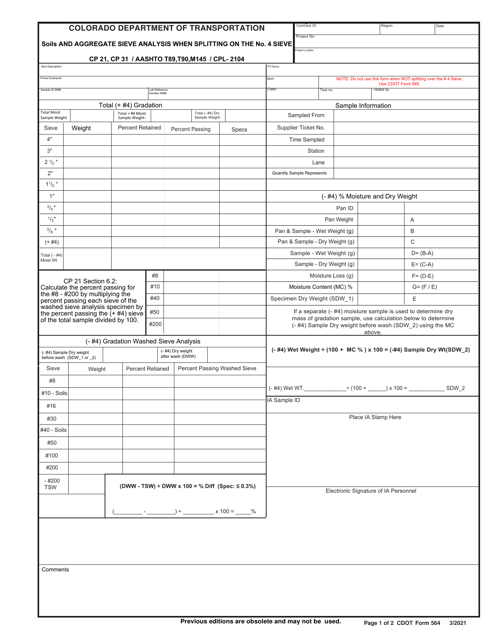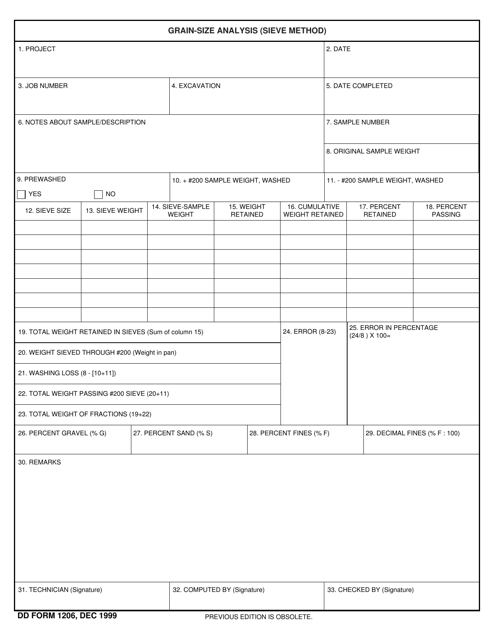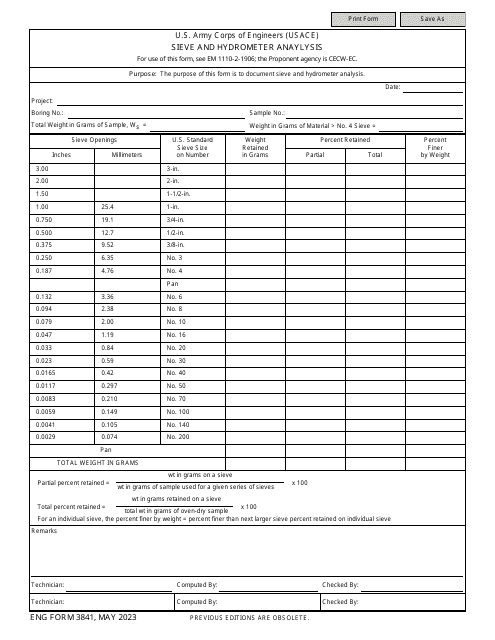Sieve Analysis Templates
Sieve Analysis: Understanding the Composition of Aggregates and Soils
Are you in the construction or engineering industry and looking to gain insights into the properties of aggregates and soils? Look no further than our comprehensive collection of documents on sieve analysis. Also known as grain-size analysis, sieve analysis provides valuable information about the distribution of particle sizes in materials like aggregates and soils.
Our collection includes a range of sieve analysis documents, such as CDOT Form 565 and CDOT Form 564 from Colorado, as well as DD Form 1206 and ENG Form 3841. These documents offer detailed instructions and guidelines for conducting sieve analysis using the sieve method or the combination of sieve and hydrometer analysis.
Sieve analysis plays a crucial role in determining the gradation and quality of various materials used in construction projects. By analyzing the particle sizes, engineers and contractors can evaluate the suitability of aggregates for specific applications, such as concrete production, road construction, or drainage systems.
With our extensive sieve analysis document collection, you can access the necessary information to perform accurate and reliable tests. Whether you are working on a small-scale project or a large infrastructure development, understanding the distribution of particle sizes is essential for ensuring the integrity and performance of your materials.
So, if you are searching for reliable and informative resources on sieve analysis, browse through our collection of documents. Gain a deeper understanding of the composition and characteristics of aggregates and soils to make informed decisions and achieve successful project outcomes.
Documents:
5
This form is used for conducting sieve analysis on aggregates in Colorado that are not split on the No. 4 sieve.
This document is used to conduct a grain-size analysis using the sieve method. It helps determine the size distribution of particles in a sample.




